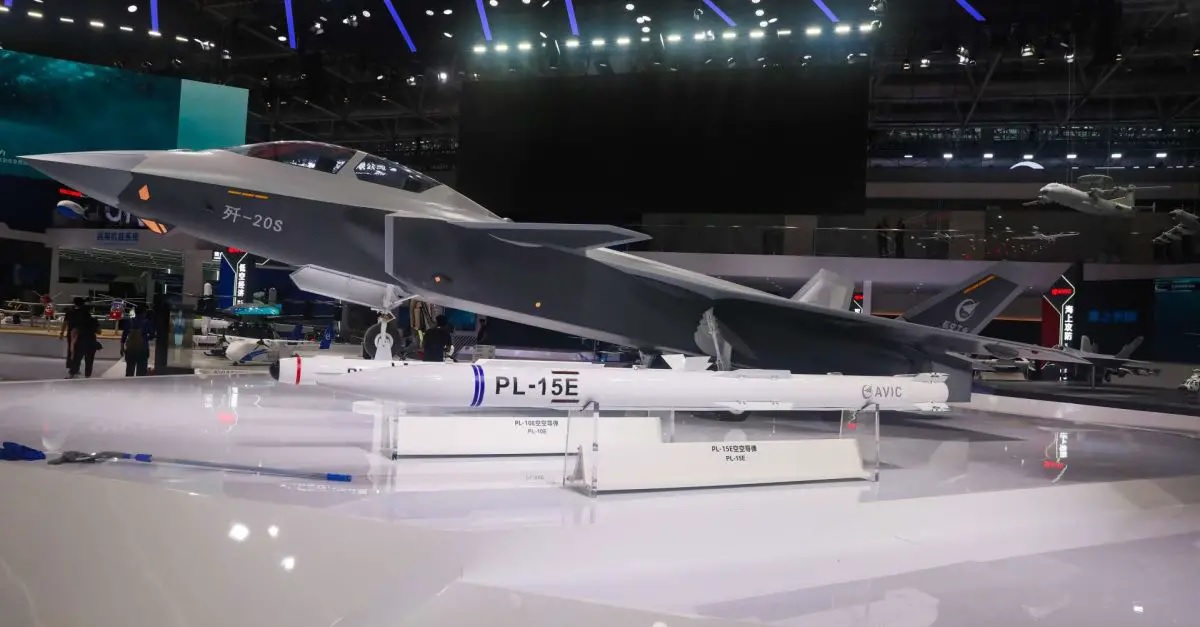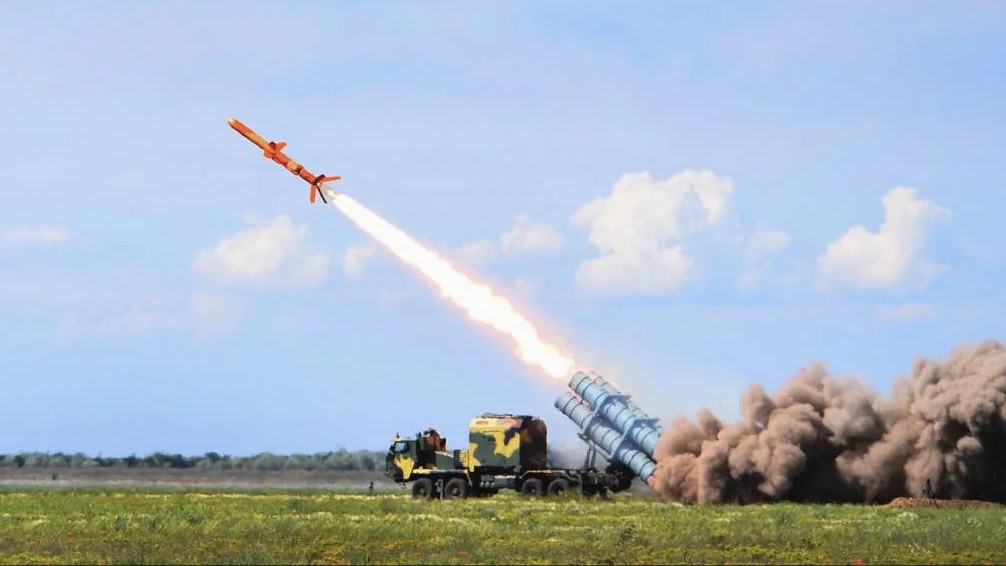China Unveil the J-20S World's First Two-Seat Stealth Fighter

In an impressive display of aviation technology, China has officially introduced the J-20S, the world’s first two-seat stealth fighter, at the prestigious China International Aviation and Aerospace Exhibition in Zhuhai on November 11, 2024. This cutting-edge aircraft builds upon the J-20 platform, China’s answer to advanced stealth fighters globally, but with a new twist: a dual-cockpit design that could redefine the landscape of modern aerial warfare.
The two-seat configuration of the J-20S comes with significant implications for military aviation. The rear cockpit, a strategic addition, is speculated to be intended for a dedicated weapons systems officer or a co-pilot focused on advanced mission tasks. This operational setup could prove critical in complex missions, such as electronic warfare, coordinating with drones, and managing extensive data streams. As China continues to integrate artificial intelligence (AI) and unmanned aerial vehicle (UAV) operations, the added human presence will be invaluable in decision-making, especially when overseeing swarms of drones or navigating dense electronic warfare environments. The extra pilot could be instrumental in rapidly processing and responding to threats, balancing human intuition with AI-driven analytics.
On the technical front, the J-20S shares the stealth capabilities of its predecessor but brings enhancements tailored for future warfare. Like the original J-20, it features a reduced radar cross-section (RCS) thanks to its sleek design and diverterless supersonic inlets (DSI), which optimize stealth while ensuring high-speed efficiency. The canard wing configuration, often debated for its impact on radar visibility, has been carefully engineered to maintain low observability. Moreover, the aircraft reportedly uses domestically developed engines, moving away from past reliance on Russian technology, signaling China’s push for greater independence in defense capabilities.
The J-20S isn't just about stealth; it also promises versatility in its armament. The fighter can carry a wide range of advanced munitions, including the formidable PL-15E long-range air-to-air missile, known for its compact design and powerful targeting capabilities. This enables the aircraft to excel in both air superiority and strike missions, offering a flexible combat profile that could cover ground and naval threats with precision.
The unveiling of the J-20S marks a strategic leap in China’s air force capabilities and highlights a broader shift in aerial combat philosophy. The integration of manned and unmanned systems into coordinated operations is becoming a defining feature of modern military tactics. The J-20S could serve as a central command hub for managing drone wingmen, utilizing AI to perform maneuvers or even engage in dogfights autonomously, while the human crew focuses on broader mission strategies. This approach, often referred to as manned-unmanned teaming, is gaining traction globally, and the J-20S positions China as a leader in this arena.
While some critics question the necessity of a second human operator in an era leaning towards automation and AI, the human advantage lies in qualities machines have yet to master: intuition, nuanced decision-making, and the ability to adapt to unpredictable scenarios. The J-20S balances the best of both worlds, where cutting-edge AI augments but doesn’t replace human judgment, an essential factor in the chaotic environment of real-world combat.
The launch of the J-20S could impact regional security dynamics, particularly concerning neighboring countries like India and Taiwan, which have their own defense strategies heavily influenced by China's advancements. As stealth technology becomes more complex, China's continued investment in multi-role, adaptive aircraft raises questions about the future of air superiority in Asia and beyond.
In short, the J-20S isn't just another stealth fighter; it’s a game-changer designed to dominate both the present and the future of aerial combat. As China showcases its latest marvel, the world watches closely, aware that this twin-seat stealth fighter is not just a technological achievement but a strategic statement on China's military ambitions.


